
Wheelchair NMPA Certification and GB/T 18029 Testing
To enter China, wheelchairs need to undergo NMPA certification and GB testing;
GB/Z 13800-2021 Manual Wheelchairs
GB/Z 13800 specifies the model naming, requirements, test dummies, inspection methods, documentation, marking and packaging, inspection reports, and inspection rULes for manual wheelchairs.
GB/Z 13800 applies to manual wheelchairs carrying only one person and with a mass not exceeding 100kg, including the following types of manual wheelchairs classified according to GB/T 16432: dual-hand rim drive manual wheelchairs, lever drive manual wheelchairs, single-hand drive wheelchairs, foot-propelled wheelchairs, and caregiver-controlled manual wheelchairs.
GB/Z 13800 does not apply to sports wheelchairs and dance wheelchairs used by people with disabilities.
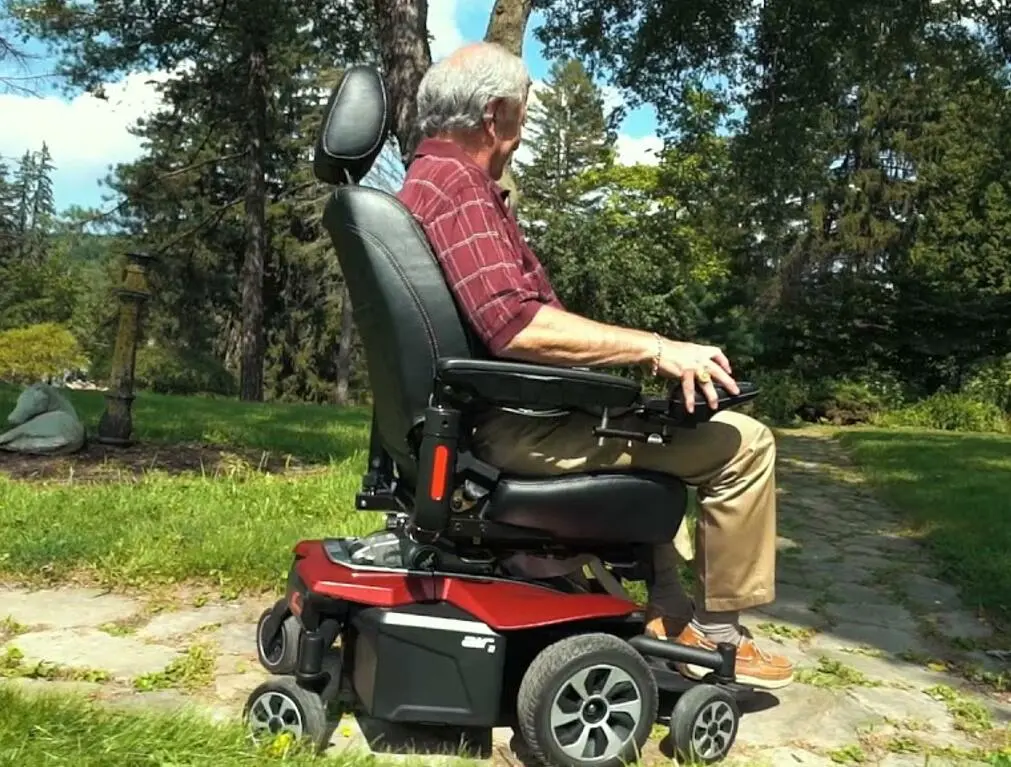
GB/T 12996-2012 Electrically PoweRED Wheelchairs
GB/T 12996 specifies the terminology and model naming principles, surface requirements, assembly requirements, dimensional requirements, performance requirements, strength requirements, flammability, climate, power and control system requirements, and corresponding test methods and inspection rules for electrically powered wheelchairs, as well as the requirements for documentation, marking, and packaging.
GB/T 12996 applies to various types of electrically powered wheelchairs (including electric scooters) driven by electric power, carrying only one person, and for users with a mass not exceeding 100kg, including the following types of electric wheelchairs classified according to GB/T 16432: manual-steering electric wheelchairs (such as electric scooters); power-steering electric wheelchairs. This standard does not apply to manual wheelchairs with electric assistance.
GB/T 18029.1-2008 Wheelchairs - Part 1: Determination of Static Stability
GB/T 18029.1 specifies the test methods for determining the static tipping stability of wheelchairs (including electric scooters).
GB/T 18029.1 applies to wheelchairs and transportation devices for indoor and outdoor mobility as classified under GB/T 16432, Section 1221 (with user mass not exceeding the maximum mass for test dummies as specified in GB/T 18029.11).
GB/T 18028.2-2009 Safety of Machinery—Relationship of GB/T 16855.1 to GB/T 15706
GB/T 18028.2 provides the relationship between GB/T 15706 and GB/T 16855.1 for reducing injury risks, focusing on the application of safety-related parts of control systems and the relationship between the risk assessment and risk reduction processes.
GB/T 18028.2 addresses the relationship between GB/T 16855.1 and GB/T 15706, and is also applicable to the relationship between GB 28526 and GB/T 15706.
GB/Z 18029.3-2021 Wheelchairs—Part 3: Determination of Effectiveness of Brakes
GB/Z 18029.3 specifies the test methods for the brakes of manual wheelchairs and electrically powered wheelchairs for single-person use with a maximum speed not exceeding 15km/h (including electric scooters).
GB/Z 18029.3 also specifies the requirements for manufacturer information disclosure.
GB/Z 18029.4-2021 Wheelchairs—Part 4: Energy Consumption of Electric Wheelchairs and Scooters for Determination of Theoretical Distance Range
GB/Z 18029.4 describes the method for measuring the theoretical driving distance of electric wheelchairs (including electric scooters), i.e., measuring the energy consumption during driving and the rated battery capacity of the wheelchair's battery.
GB/Z 18029.5-2021 Wheelchairs—Part 5: Determination of Dimensions, Mass, and Maneuvering Space
GB/Z 18029.5 specifies the methods for testing the dimensions and mass of wheelchairs.
GB/Z 18029.5 includes methods for determining the overall dimensions and the maneuvering space required by reference users in daily life while using wheelchairs.
GB/Z 18029.5 also specifies the publication of dimensions and mass and includes five informative appendices.
GB/Z 18029.5 applies to manual wheelchairs, electric wheelchairs (including electric scooters).
GB/T 18029.6-2009 Wheelchairs - Part 6: Determination of Maximum Speed, Acceleration, and Deceleration of Electric Wheelchairs
GB/T 18029.6 specifies the methods for determining the maximum speed, acceleration, and deceleration of electric wheelchairs (including electric scooters) with a maximum speed not exceeding 15km/h for single-person use.
GB/T 18029.7-2009 Wheelchairs - Part 7: Measurement of Seating and Wheel Dimensions
GB/T 18029.7 specifies the methods for measuring the seating and wheel dimensions of wheelchairs.
GB/T 18029.7 applies to wheelchairs and transportation devices used for indoor and outdoor mobility for users with a mass not exceeding 120kg and with a speed not exceeding 15km/h, including the following types of wheelchairs and transportation devices classified according to GB/T 16432: manual-steering electric wheelchairs, power-steering electric wheelchairs, caregiver-operated power wheelchairs, caregiver-operated manual wheelchairs, dual-hand rear-wheel drive wheelchairs, dual-hand front-wheel drive wheelchairs, dual-hand lever drive wheelchairs, single-side drive non-powered wheelchairs (single-hand or single-leg), foot-propelled wheelchairs.
GB/T 18029.7 does not apply to wheelchairs with a seat width of less than 212mm.
GB/T 18029.7 does not specify the nominal dimensions of wheelchair seats and wheels.
GB/T 18029.8-2008 Wheelchairs - Part 8: Requirements and Test Methods for Static, Impact, and Fatigue Strengths
GB/T 18029.8 specifies the requirements, test methods, and publication of test results for static strength, impact strength, and fatigue strength of wheelchairs (including electric scooters) for users with a mass not exceeding 100kg.
GB/T 18029.8 test methods can also be used to verify manufacturer-defined indicators that exceed those in this part.
GB/T 18029.8 applies to manually operated and caregiver-operated manual wheelchairs as well as indoor and outdoor electric wheelchairs. Electric wheelchairs have three or more wheels mounted on two parallel driven axles, with no more than two driving wheels, and a speed not exceeding 15km/h.
GB/Z 18029.9-2021 Wheelchairs—Part 9: Climatic Tests for Electric Wheelchairs
GB/Z 18029.9 specifies the requirements and methods for determining the impact of rain, condensation, and temperature changes on the basic functions of wheelchairs (including electric scooters) for single-person use with a maximum speed not exceeding 15km/h.
GB/Z 18029.9 does not include requirements for corrosion resistance.
GB/Z 18029.10-2021 Wheelchairs—Part 10: Determination of Obstacle-Climbing Ability of Electrically Powered Wheelchairs
GB/Z 18029.10 specifies the methods for determining the obstacle-climbing ability of electric wheelchairs.
GB/T 18029.13-2008 Wheelchair - Part 13: Determination of Friction of Test Surface
GB/T 18029.13 specifies the method for determining the friction coefficient of rough test surfaces (e.g., unpolished concrete surfaces). If the method specified in this part is used to test smooth or polished surfaces, the measured friction coefficient should be a constant value across the entire test surface.
GB/T 18029.14-2012 Wheelchairs - Part 14: Power and Control Systems for Electrically Powered Wheelchairs and Scooters - Requirements and Test Methods
GB/T 18029.14 specifies the requirements and related test methods for the power and control systems of electric wheelchairs and electric scooters.
The safety and performance requirements specified in GB/T 18029.14 apply under normal use as well as in cases of misuse or failure.
GB/T 18029.14 also specifies the methods for measuring the force required to operate the controller and the range of forces required for certain operations.
GB/T 18029.14 applies to electric wheelchairs and scooters with a maximum speed not exceeding 15 km/h, used for indoor, outdoor, and road use, and limited to the user mass range specified in GB/T 18029.11 for one-person use.
GB/T 18029.15-2008 Wheelchairs - Part 15: Requirements for Information Disclosure, Documentation, and Labeling
GB/T 18029.15 specifies the information, documentation, labeling, and pre-sales specifications provided by the manufacturer along with the wheelchair.
GB/T 18029.21-2012 Wheelchairs - Part 21: Requirements and Test Methods for Electromagnetic Compatibility of Electrically Powered Wheelchairs and Scooters, and Battery Chargers
GB/T 18029.21 specifies the requirements and test methods for electromagnetic radiation and electromagnetic immunity of electric wheelchairs and scooters for indoor and/or outdoor use by people with disabilities, with a maximum speed not exceeding 15km/h.
GB/T 18029.21 also applies to manual wheelchairs with external electric assist kits but does not apply to vehicles carrying more than one person.
GB/T 18029.21 also specifies the electromagnetic compatibility requirements and test methods for battery chargers used with electric wheelchairs and scooters.
GB/T 18029.22-2009 Wheelchairs - Part 22: Set-Up Procedures
GB/T 18029.22 specifies the adjustment steps for adjustable wheelchairs before testing according to the requirements of the GB/T 18029 series of standards. These steps also provide adjustment methods to be used when the manufacturer does not specify wheelchair adjustments.
GB/T 18029.22 applies to manual wheelchairs and electric wheelchairs (including electric scooters) used indoors or outdoors.
China's JJR Lab is located in China and provides.
Email:hello@jjrlab.com
Write your message here and send it to us
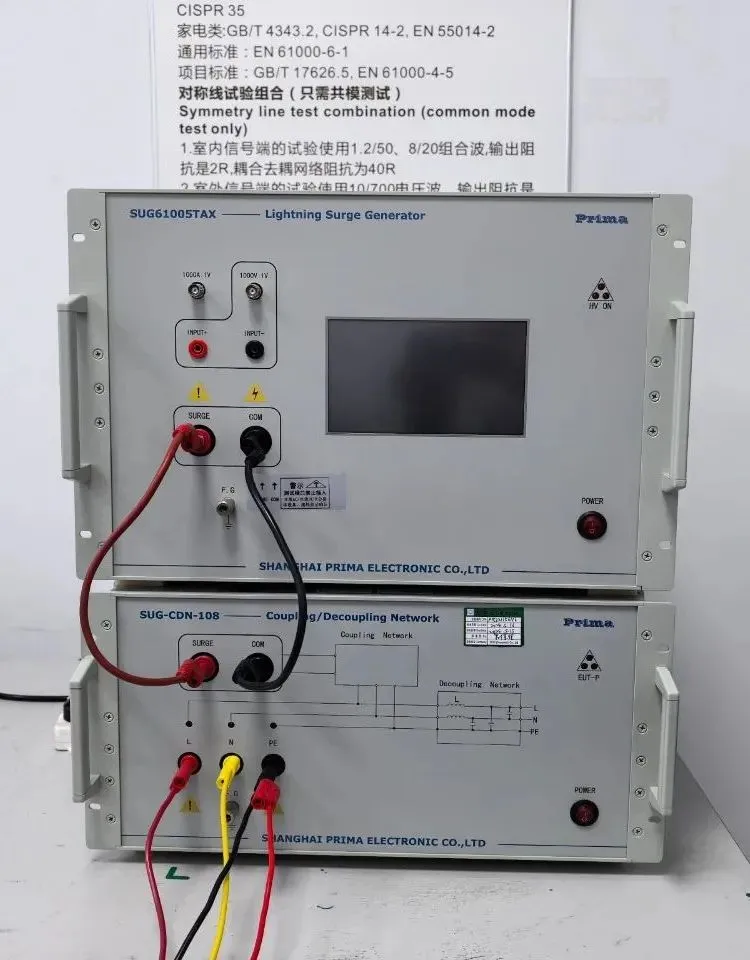 What Are the Testing Items of California Propositi
What Are the Testing Items of California Propositi
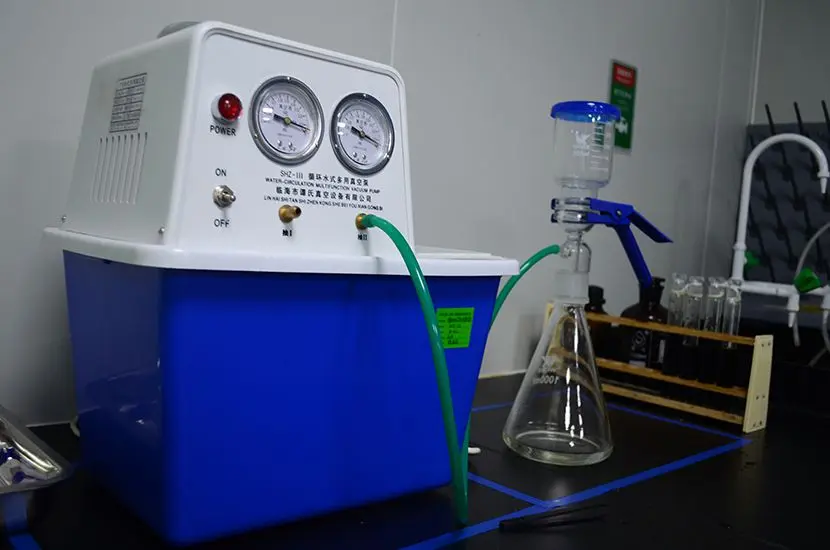 E-Cigarette EU TPD Testing
E-Cigarette EU TPD Testing
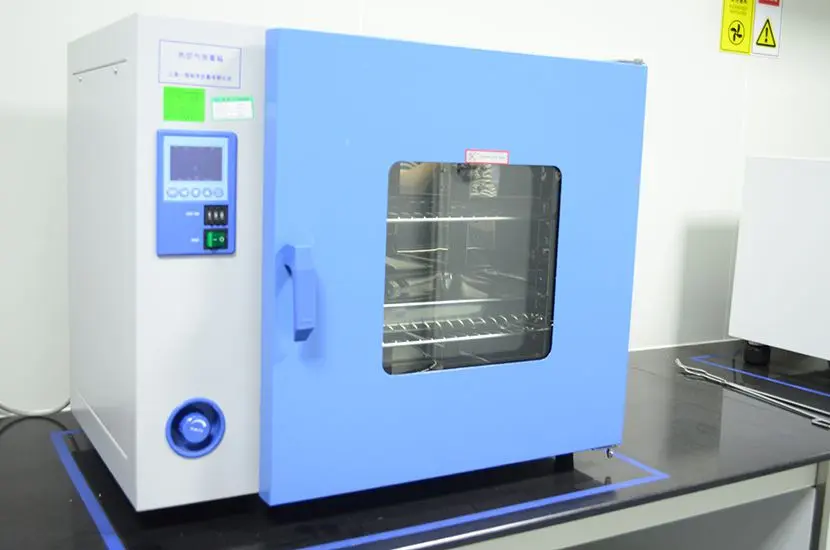 Testing Certification for E-cigarettes Exported to
Testing Certification for E-cigarettes Exported to
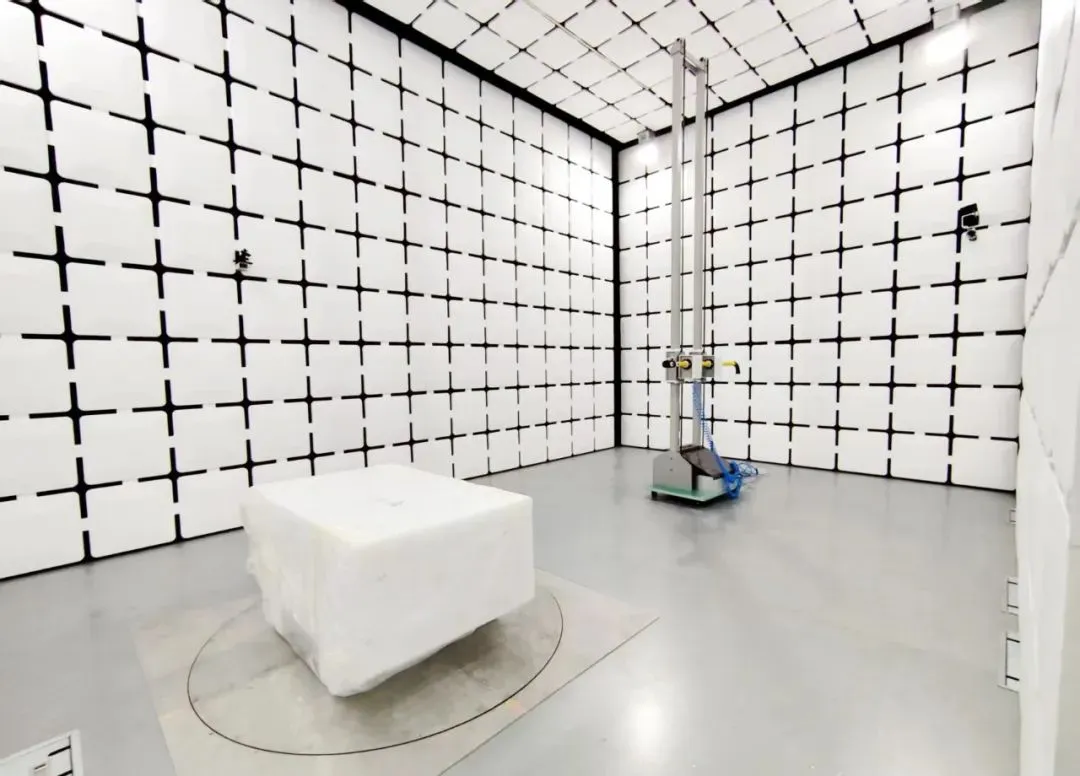 What is Amazon US CPC Certification?
What is Amazon US CPC Certification?
 UK Toy Safety Regulation Standard EN 71-13
UK Toy Safety Regulation Standard EN 71-13
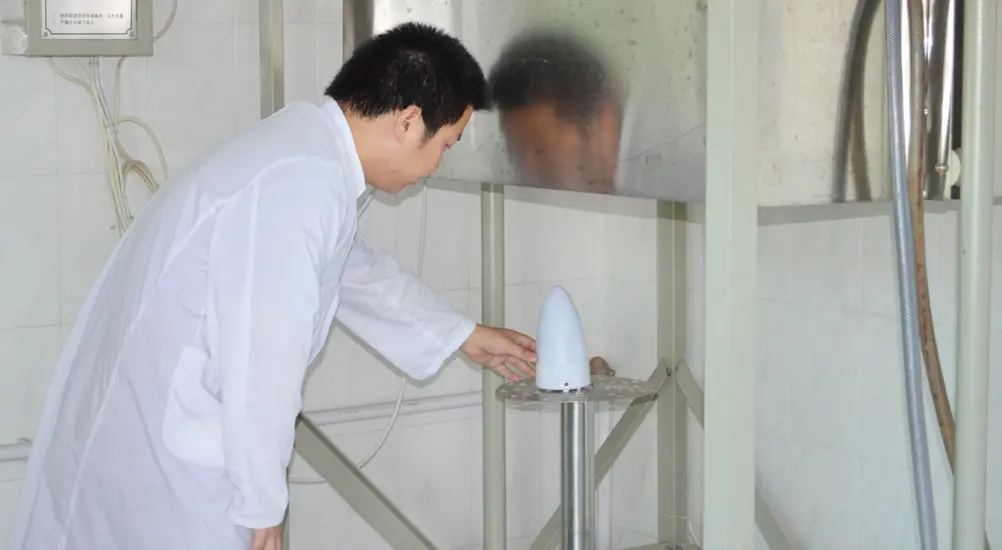 What is EU UFI Registration?
What is EU UFI Registration?
 EU UFI Registration for E-cigarette E-liquid
EU UFI Registration for E-cigarette E-liquid
 How to get the MSDS Report for Electronic Cigarett
How to get the MSDS Report for Electronic Cigarett
Leave us a message
24-hour online customer service at any time to respond, so that you worry!




